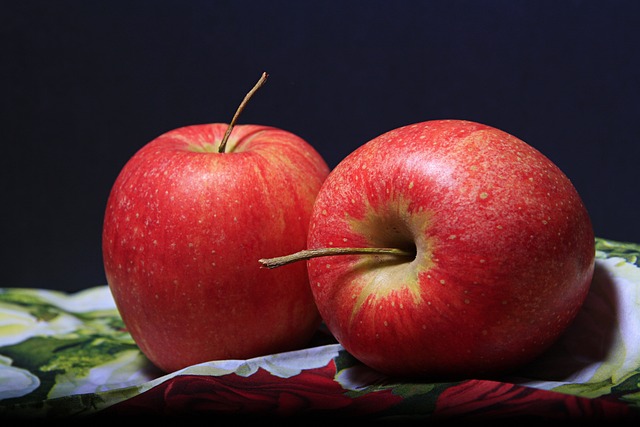Unleashing the Power of Probiotics: A Comprehensive Guide
Probiotics have become a popular topic in the health and wellness industry. From yogurts and kefir to supplements and skincare, these “friendly” bacteria are seemingly everywhere. But what exactly are they, and how do they work? In this comprehensive guide, we’ll explore everything you need to know about probiotics, from their benefits to the best sources and strains.
What Are Probiotics?
Probiotics are living microorganisms that can provide health benefits to the host when consumed in adequate amounts. The most common types of probiotics are Lactobacillus and Bifidobacterium, which are found naturally in the human gut. Other species, such as Saccharomyces and Streptococcus, are also used as probiotics.
What Are the Benefits of Probiotics?
Probiotics have been shown to have numerous health benefits, particularly for digestive health. They can help improve the balance of good and bad bacteria in the gut, ease symptoms of digestive disorders like irritable bowel syndrome (IBS) and inflammatory bowel disease (IBD), and enhance immune function.
Beyond gut health, probiotics have been linked to a range of other benefits, including:
- Reduced risk of allergies and eczema
- Lowered blood pressure
- Improved mood and cognitive function
- Stronger teeth and gums
- Enhanced skincare
Where Can Probiotics Be Found?
Probiotics can be found naturally in fermented foods, such as:
- Yogurt
- Kefir
- Sauerkraut
- Kombucha
- Miso
- Tempeh
Probiotic supplements are also widely available, with capsules, tablets, and powders being the most common forms. When choosing a supplement, it’s important to look for one that contains live strains of bacteria and has been tested for quality and potency.
What Are the Best Probiotic Strains?
The effectiveness of a probiotic supplement is largely dependent on the specific strains of bacteria it contains. Some of the most well-studied and effective strains include:
- Lactobacillus acidophilus: Known for its ability to promote digestive health and ease symptoms of lactose intolerance.
- Bifidobacterium lactis: Shown to reduce inflammation and improve immune function.
- Lactobacillus rhamnosus: Linked to a reduced risk of allergies and eczema.
- Bifidobacterium bifidum: Shown to improve gut barrier function and reduce symptoms of IBS.
- Saccharomyces boulardii: Effective in treating antibiotic-associated diarrhea and preventing Clostridium difficile infection.
How Should Probiotics Be Consumed?
The ideal dosage of probiotics varies based on the strain and the individual’s needs, but a range of 10-20 billion colony-forming units (CFUs) per day is generally recommended. It’s best to consume probiotics with a meal, as the presence of food can improve their survival and stability in the gut.
When starting a probiotic supplement, it’s important to introduce it slowly to allow the gut to adjust. Some people may experience mild digestive side effects, such as bloating or gas, when initially incorporating probiotics in their diet.
The Bottom Line
Probiotics are a powerful tool for improving gut health, boosting the immune system, and enhancing overall well-being. Incorporating sources of probiotics, such as fermented foods and supplements, into your diet can offer a range of benefits. Remember to choose live strains of bacteria and consult with a healthcare provider before starting a new probiotic supplement.
By prioritizing gut health and incorporating probiotics into your daily routine, you can unleash their full potential and experience the many benefits they have to offer.







